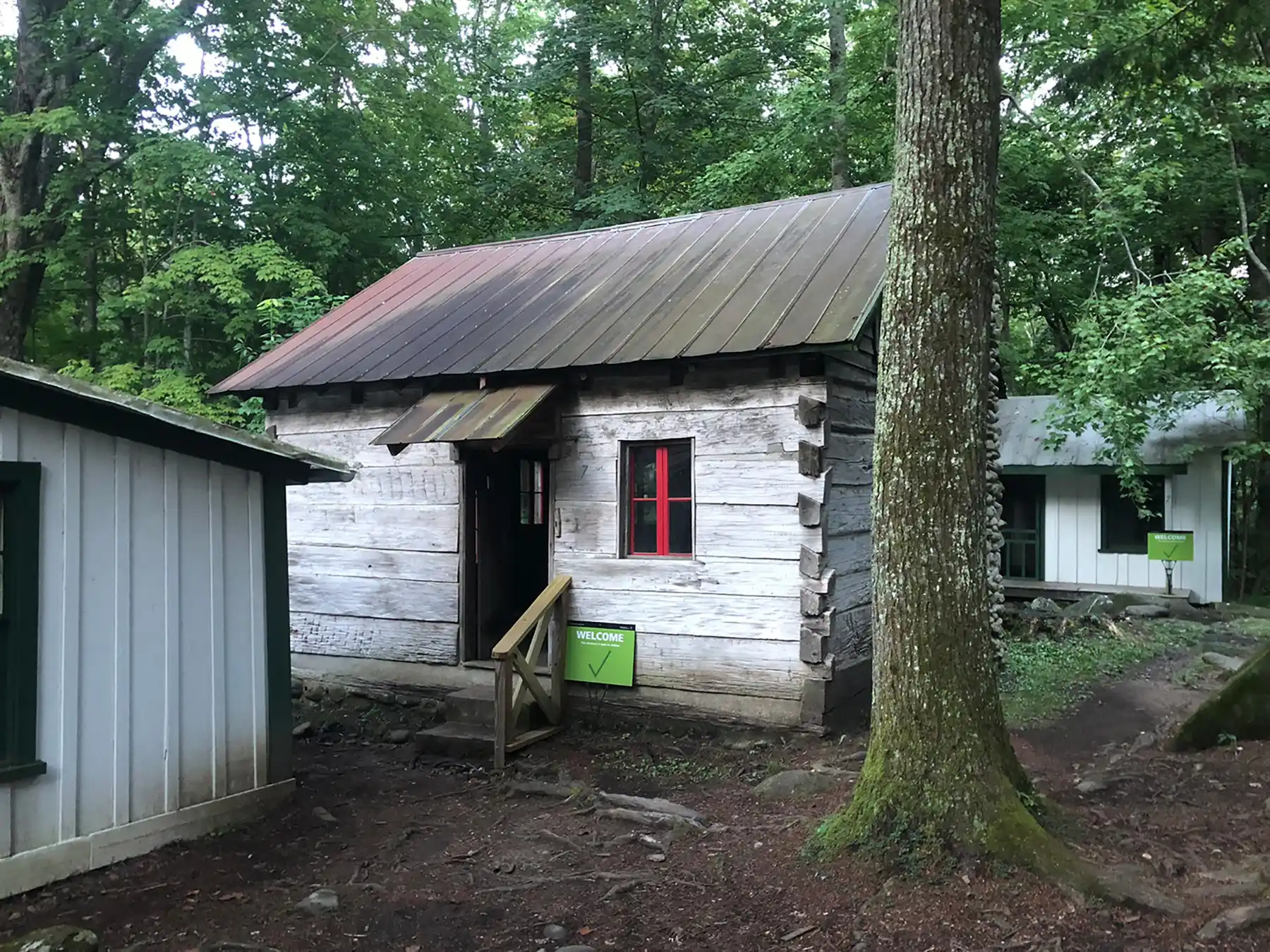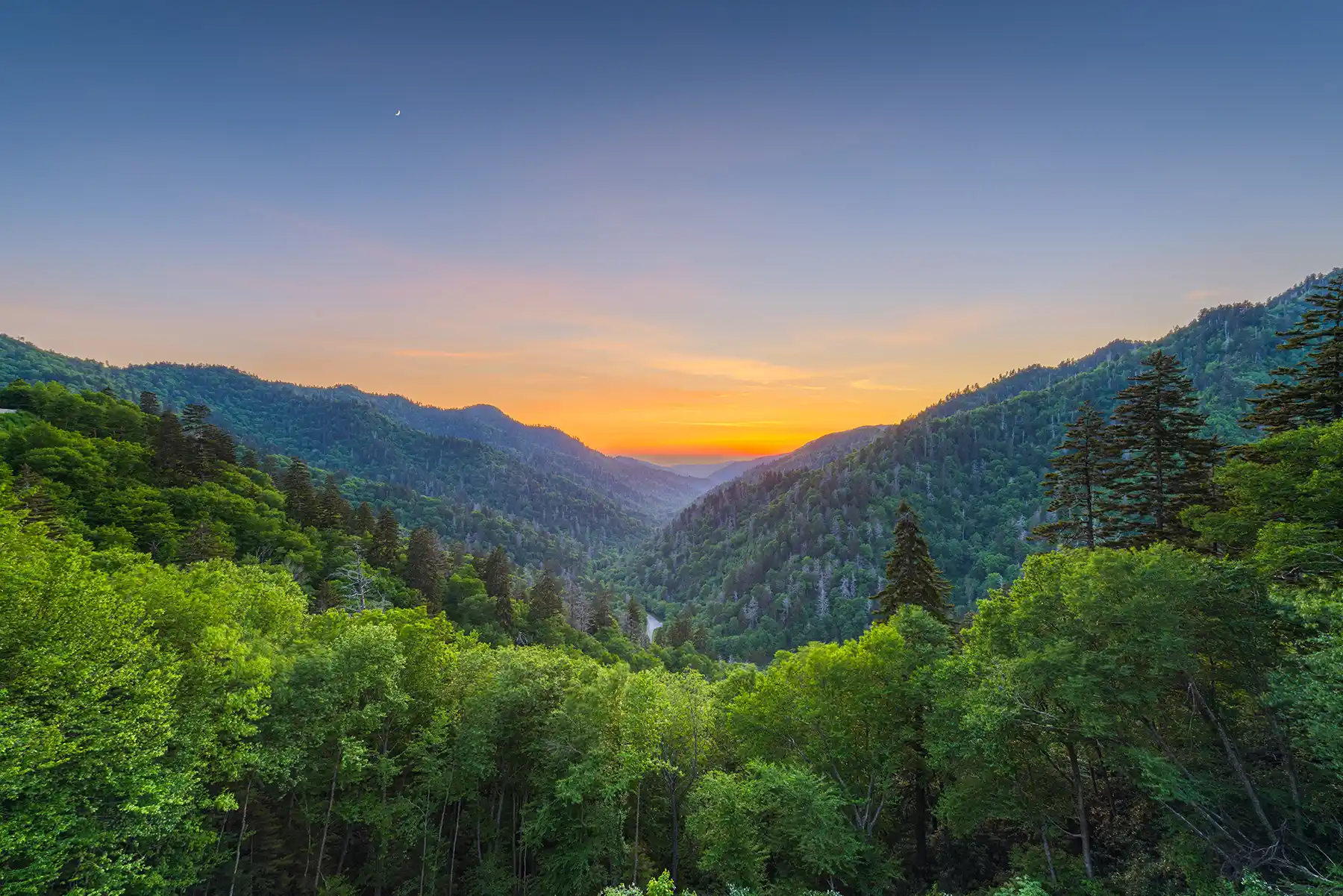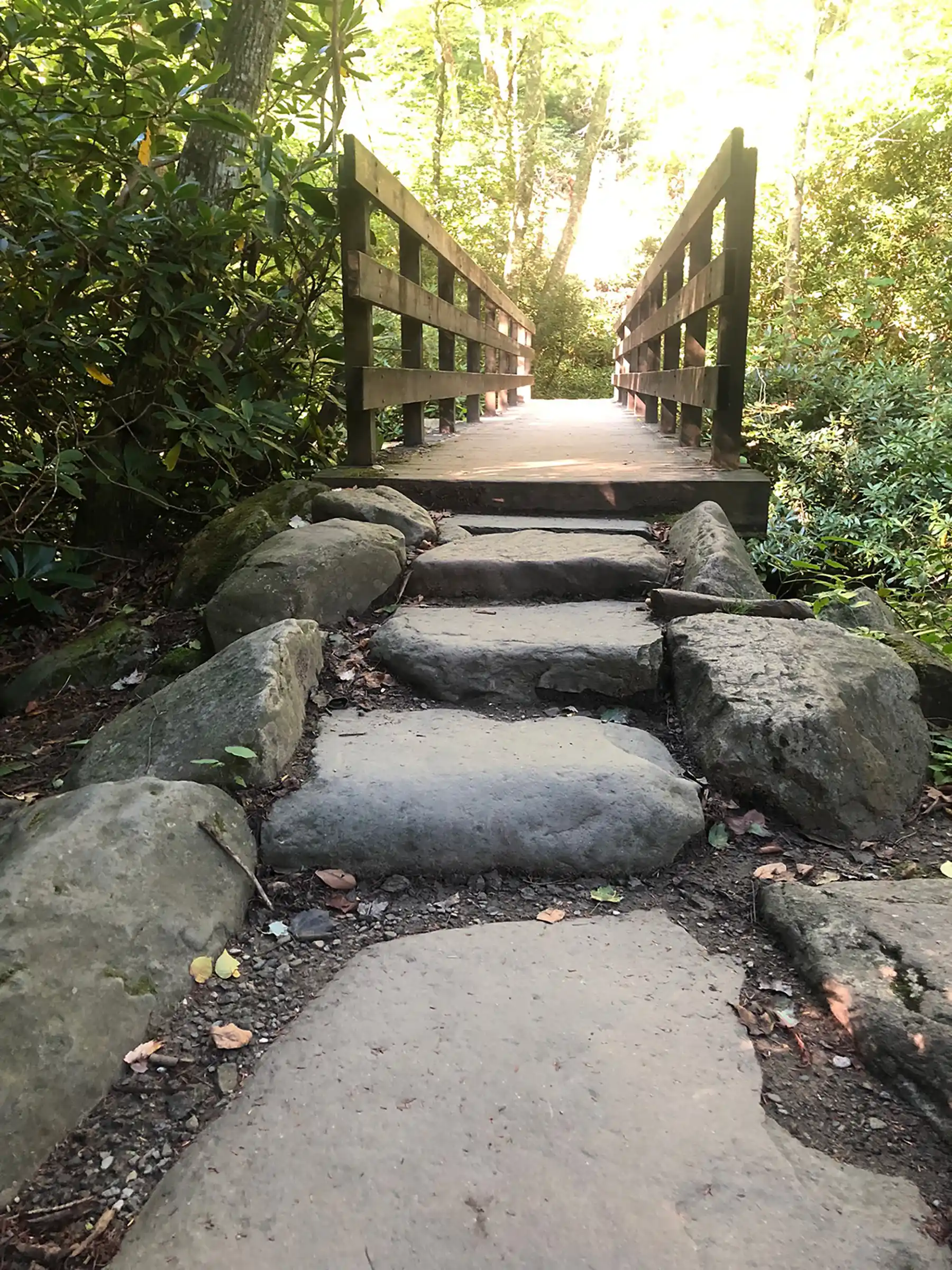Wild Wanderers Almanac
Smoky Mountain National Park History


Smoky Mountain National Park History: A Journey Through Time
Nestled along the border of North Carolina and Tennessee, Great Smoky Mountains National Park is one of the most visited national parks in the United States. Known for its breathtaking landscapes, diverse wildlife, and rich cultural history, the park has a storied past that dates back thousands of years. From indigenous settlements to early European pioneers and the eventual establishment of a protected national treasure, the Great Smoky Mountain History is a fascinating tale of perseverance, preservation, and natural wonder.
Indigenous History: The Cherokee Connection

European Settlement and Logging Era
By the late 1700s and early 1800s, European settlers began moving into the Smoky Mountains. They established small farming communities, built cabins, and lived off the land much like the Cherokee before them. Settlers such as the Ogle, Walker, and Trentham families left a lasting mark on the region, with some of their historic homesteads still preserved within the park today.
During the late 19th and early 20th centuries, the logging industry began to take a toll on the Smoky Mountains. The dense forests were seen as a valuable resource, leading to widespread deforestation. Large timber companies built railroads into the mountains to transport massive amounts of lumber, drastically altering the landscape. This industrial expansion raised concerns among conservationists and nature lovers, sparking the movement to protect the region.
The Push for a National Park
The idea of creating a national park in the Smoky Mountains gained traction in the early 1900s, inspired by the success of parks like Yellowstone and Yosemite. Unlike many Western national parks that were established on federal land, much of the Smoky Mountains was privately owned, making the creation of a park more challenging.
Two key figures in the movement to establish the park were Horace Kephart, a writer and outdoorsman, and Ann Davis, a civic leader from Tennessee. Along with others, they tirelessly campaigned for the preservation of the Smokies, garnering public and political support. Fundraising efforts led to significant donations, including a major contribution from the Rockefeller family, which helped purchase land for the park.
Finally, on June 15, 1934, Great Smoky Mountains National Park was officially established, becoming a symbol of conservation and a haven for outdoor enthusiasts.
The Role of the Civilian Conservation Corps (CCC)
Once the park was established, the Civilian Conservation Corps (CCC) played a crucial role in developing its infrastructure. As part of President Franklin D. Roosevelt’s New Deal programs during the Great Depression, the CCC employed young men to build roads, trails, bridges, and campgrounds throughout the park.
The CCC’s work can still be seen today in structures such as the Newfound Gap Road and the many well-maintained hiking trails. Their efforts not only made the park accessible to visitors but also helped restore and preserve its natural beauty.
The Park Today: A Testament to Conservation
Today, Great Smoky Mountains National Park is a designated UNESCO World Heritage Site and an International Biosphere Reserve. Spanning over 522,000 acres, the park boasts over 800 miles of hiking trails, historic structures, and an incredible variety of plant and animal life.
The park is home to over 19,000 documented species, including the famous black bears, elk, and synchronous fireflies. Scientists believe there could be tens of thousands of undiscovered species still thriving within its dense forests.
Preserving the Legacy
Smoky Mountain National Park History is one of resilience and dedication. Thanks to the efforts of early conservationists and continued preservation efforts, millions of people each year can experience the park’s stunning landscapes and rich heritage.
As we explore its mist-covered mountains, towering forests, and cascading waterfalls, we are reminded of the importance of protecting these natural spaces for future generations.
Whether you’re hiking along ancient trails, photographing the vibrant fall foliage, or simply breathing in the crisp mountain air, every visit to the Smokies is a journey through history. The Great Smoky Mountains National Park stands as a testament to the beauty of the natural world and the enduring efforts to preserve it.


